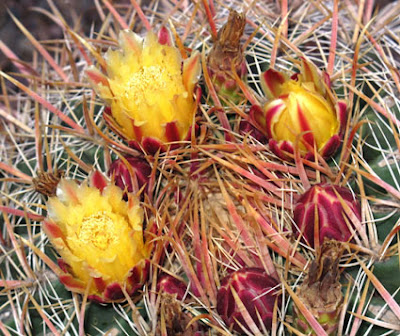 |
| The coastline of Osa Peninsula is studded with palm trees and volcanic boulders. |
For sheer diversity of flora and fauna, you can’t
beat the “Amazon of Costa Rica,” Corcovado National Park. But it’s not easy to
get to. In fact, our journey there from Tortuguero National Park on the
Caribbean side of Costa Rica, was an adventure itself, requiring transportation
by plane, van, boat, and tractor.
Our destination was Casa Corcovado Jungle Lodge on
the Osa Peninsula, a shoe-shaped piece of land that juts out into the ocean at
the southern end of Costa Rica’s Pacific coast.
The
adventure begins
 |
| Taking to the air on the first leg of our journey to Osa Peninsula |
First we flew via chartered plane to the peninsula. Then
we rode by van to Drake Bay, stopping briefly in the village of Ajujitas to
learn about perfectly round rock balls and their cultural importance in ancient
times.
 |
| Lots of travel by water in this region |
Next we boarded a motorboat that sped for half an
hour through open water. Dense vegetation, beaches, and sea birds captured our
attention during that ride. As we approached shore, fierce waves crashed
against huge boulders that the captain had to maneuver around.
Because docks are not allowed in this remote area,
we waded ashore and walked on a pebble-studded beach before boarding a trailer
pulled by a tractor that carried us up the steep hill to Casa Corcovado. There
are no roads to this deluxe outpost, but that allows nature to take center
stage.
Casa Corcovado Lodge is a luxury eco-lodge on the
edge of Corcovado National Park, crown jewel of Costa Rica’s park system.
Situated on a 170-acre private reserve, its hill-top location offers stunning
views of one of the world’s last true wildernesses. From there we were able to
explore the extensive rain forest, including some of the largest trees on
Central America and the densest population of scarlet macaws.
 |
| Our cottage--luxury even in remote wilderness |
Following a late al fresco lunch at the Lodge, we
walked the Sendero Azul, a short private trail on the reserve. Woody vines, towering trees, and massive
palms lined the way. As we meandered along the route, we observed sloths,
monkeys, and many intriguing species of birds--eventually capping the day off
by watching a brilliant orange sunset glow over the ocean while sipping cool
drinks from Margarita’s Bar.
 |
| Glorious sunsets provided a perfect ending to each adventurous day. |
Exploring
Corcovado National Park
 |
| Entering the rain forest where we marveled at the variety of flora and fauna |
The next day was one for exploration of Costa Rica’s
last wilderness frontier and one of the world’s most biologically diverse
regions. Corcovado National Park encompasses 103,000 acres and includes at
least 13 ecosystems which provide protection for a multitude of endemic
wildlife and plant species. It supports one of the world’s largest remaining
lowland rain forests and species such as scarlet macaws, toucans, parrots, four
monkey species (we saw all) and jaguars (rarely seen).
 |
| Trees are huge; in this case two grew together via a connecting horizontal root. |
Our group trekked a challenging path made more
uncomfortable because of the hot and humid weather (expected in a rain forest).
Eventually, we arrived at the coast and enjoyed gazing out to sea, as the surf
rushed to the beach, breaking over large lava boulders on the way.
Corcovado also functions as a marine sanctuary,
protecting coral reefs, lagoons, rivers and estuaries, as well as 23 miles of
palm-studded beaches. Crocodiles, whales, and dolphins can be found in
surrounding waters as are all four species of turtles.
 |
| Nature shows off butterflies, birds, monkeys, and so much in Corcovado National Park. |
Snorkeling
around a reef
The next day’s snorkeling adventure allowed us to sample
more of the park’s pristine scenery, despite
getting drenched before leaving Osa Peninsula. Strong waves made the exit to
open water so treacherous that the boat was inundated with water before we
could begin the 45-minute cruise to Isla del Cano and the Biological Reserve there.
 |
| Larry prepares to snorkel at Isla del Cano. |
But who cares when you going snorkeling? For almost
an hour we splashed our way around a coral reef, photographing multiple species
of fish (including a shark) that swim in and around the various formations. Pleasant
water and a picturesque underwater tableau made this an adventure to remember.
Back at the Lodge, our group walked through a garden
looking for hummingbirds. Later, at the solar pool on-sight, we spotted a
rarely-seen speckled owl in a nearby tree. The local guides took much interest
in my pictures.
 |
| A beautiful scarlet macaw. |
After checking out the spring-fed pool on a lower
level, we walked to Margarita’s for another glorious sunset and to ponder the
wonders of Costa Rica that we had seen and experienced so far on this trip.
Photos by Larry and Beverly Burmeier








































